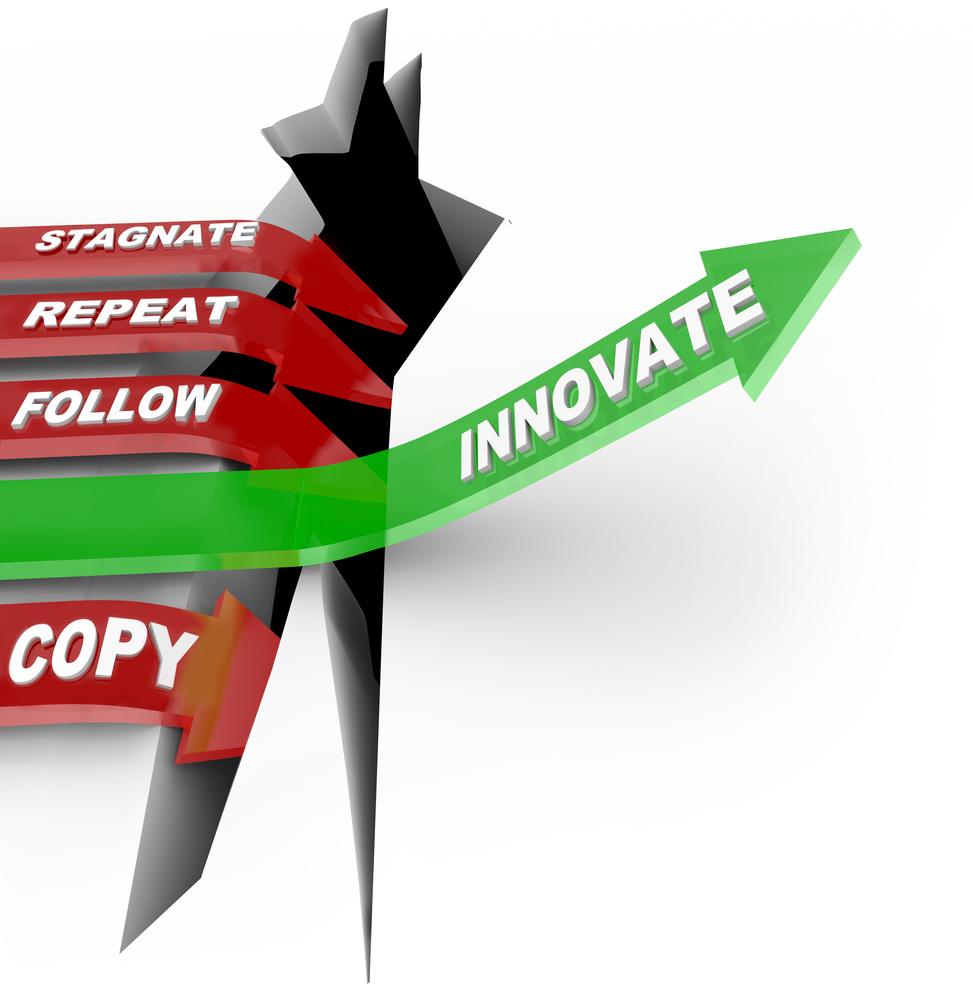Constant and continuous commitment to process improvements
Plastics companies can be grouped into two categories: those that are forward thinking and those that are treading water. Forward thinking companies are continually watching for changes that may affect their markets and their business and are always looking for ways to improve performance. The other group is occupied with day-to-day survival, doing what they’ve always done and hoping that they can continue to compete.
While nearly every company in the world will claim to be in the first group, actions speak louder than words. Companies that only give lip service to continuous improvement inevitably suffer what the medical community would call “failure to thrive”.
Many companies have pursued Lean Manufacturing as their primary process improvement approach. Lean can and does deliver exceptional improvements in throughput, efficiency, and cost reduction for many companies the world over. Some Lean initiatives, however, may deliver great results in the short term but the gains are temporary – or the benefits may reach a certain point and stop before beginning to fade.
These companies view Lean as a project. Lean is a culture.
There are certain techniques associated with Lean Manufacturing including value stream mapping, 5s, Kaisen, synchronous flow manufacturing, kanban replenishment and others. While they may be the visible embodiment of a Lean Manufacturing initiative, they are merely its outward signs. The internal change in thinking is what really drives Lean.
Plastics company executives and managers can easily overlook the fact that being truly “lean” is not just applying the tools and transforming the mechanics of the business to comply with some vision of how a lean plastics factory operates. That change of process will certainly have an effect, but it is superficial and likely temporary. Real Lean transformation goes deeper.
Lean thinking is an attitude that one should never be satisfied with the status quo. A Lean organization is constantly looking for opportunities to improve, centered on the Lean definition of the 8 types of “waste”. There is a realization that the organization can never completely eliminate all waste so there is always more that can be done. Lean is a journey, not a destination.
The 8 wastes, by the way, are:
- Motion – Bending, turning, reaching, lifting
- Waiting – For materials, information, instructions, equipment
- Transport – Moving people, products & information
- Defects – Rework, scrap, incorrect documentation
- Inventory – Storing materials, parts, pieces, products, documentation ahead of requirements
- Over production – Making more than is IMMEDIATELY required
- Over processing – Tighter tolerances or higher grade materials than are necessary
- Skills – Under-utilizing capabilities, delegating tasks with inadequate training
While the categories themselves are not particularly significant, taken together they define a comprehensive view of everything that takes place in a plant, office, or other workspace. Learning and living in this Lean view of the world makes people aware of the opportunities for identifying waste and opportunities for eliminating wasteful practices.
Continuous improvement is a major part of just about every performance improvement program that exists; Just-in-Time, Total Quality Management, Six-Sigma, Total Productive Maintenance, and many others that have emerged over the years. Implementing and using an ERP system is also a framework for continuous improvement. Properly selected ERP, appropriate for the specific market segment (plastics, blow molding & injection, profile and sheet extrusion, blown film & conversion) is built around industry best practices that can guide the transformation of a company’s processes toward leadership and, yes, continuing improvement.
This one aspect that they all have in common reflects the reality that there’s always more that can be done and there’s always more that can be achieved. Even if you were to get it completely right the first time, things change and new opportunities are revealed if you just keep looking – with those 8 wastes in mind.
Corporate leaders often do not understand the true value of a continuous improvement mindset, and many do not have the patience to implement this change process for the long term. Leaders have to break themselves of the impulse to always look for immediate results and instant recognition or soaring profitability. Companies can benefit in this pursuit by leveraging the experience and expertise of consultants who have helped other companies achieve greatness. Cyframe’s consultants, in addition to detailed knowledge of our software and its use in companies similar to yours, are experienced industrial engineers who can fine tune processes and help you cut waste and non value-adding tasks throughout the business.
Success in building a Lean and effective organization requires unrelenting persistence, an important trait that is not common in either people or organizations. Little day-to-day improvements add up over time; after a few months, you will look back and realize how much has been accomplished. A corporate culture of continuous improvement provides consistent direction and singular focus on slow, steady progress that empowers all members of the organization to contribute to extraordinary results over time.

